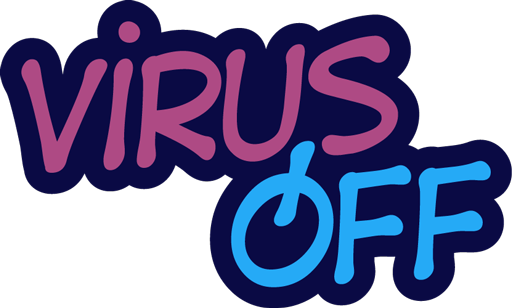The most vulnerable people are at the intersection of many inequalities. Deepening vulnerability affects the most marginalized and left behind people, and COVID-19 has brought this inequality to the foreground. This was reported by participants of a discussion “Increasing Access to Life Changing Social Protection Systems to Key Populations, People Living with HIV, Children and Adolescents”, a side event at the United Nations High-level Meeting on AIDS.
“Social protection systems are leaving behind people living with HIV; key populations are further left behind. This situation is completely unacceptable and is preventable. The Joint UNAIDS Program knows how to reach people living with HIV and key populations with social protection services, including cash transfers,”said César Núñez, UNAIDS New York City Communications Director.
Many factors in society, including poverty, stigma, discrimination and persistent gender and socioeconomic inequalities, affect the health of individuals and communities. Participants noted the promising experience of countries. The event demonstrated innovative approaches to expanding access to social protection for people living with HIV, at risk of infection or affected by HIV.
“Widespread state-sponsored homophobia and transphobia is a major obstacle to LGBTQ community access to social protection services,” recalled Yuri Yursky, leader of the Eurasian Coalition for Health, Rights, Gender and Sexual Diversity.
The new global AIDS strategy aims to reduce the inequalities causing the AIDS epidemic and recognizes the central role of social protection in this. Social protection has the power to address the social and economic drivers of the HIV epidemic and the barriers people face in accessing HIV services. Social protection includes public and private actions to reduce risk, poverty and inequality, such as social protection systems, social security and labor market policies. It includes education, food, housing, health care and other social services.



